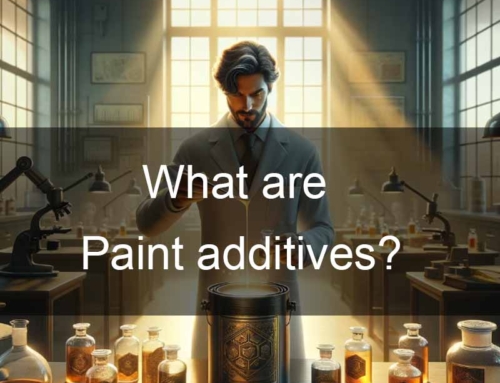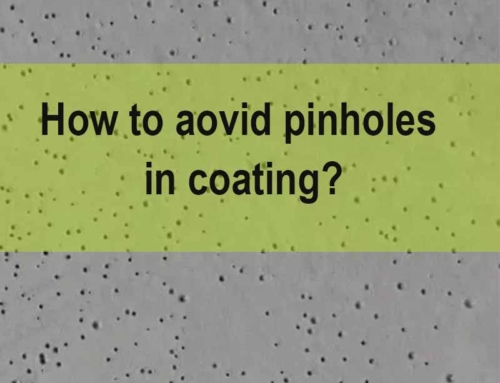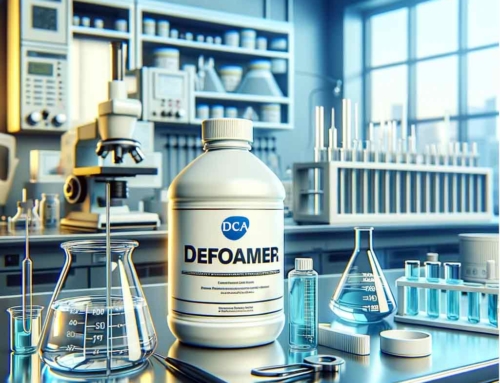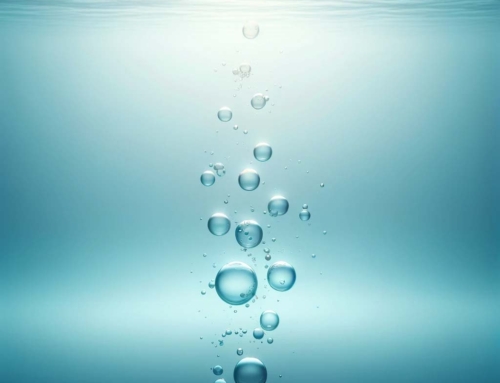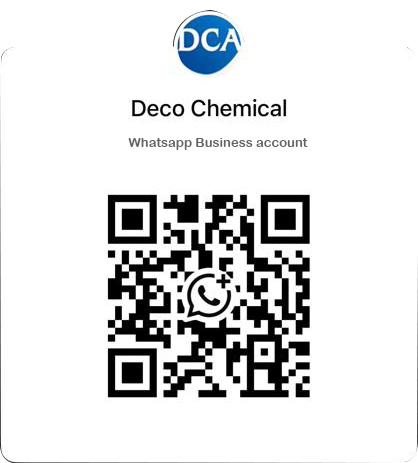How do bubbles form in coatings?
Bubbles in coatings, such as paints, varnishes, and other surface treatments, can form due to a variety of reasons, often related to the application process, environmental conditions, or the properties of the coating itself. Understanding the formation of bubbles is crucial for ensuring a smooth, uniform finish.
1. Entrapped Air During Mixing
- Description: Air can become entrapped during the mixing or stirring of the coating material. Vigorous stirring or shaking can introduce air bubbles into the mixture.
- Prevention: Gentle mixing and using proper equipment can minimize air entrapment.
2. Application Technique
- Description: The method of application, such as rolling, brushing, or spraying, can introduce air bubbles. For instance, using a roller with a high nap or applying the coating too quickly can trap air.
- Prevention: Proper application techniques, including the right choice of tools and a controlled application speed, can reduce bubble formation.
3. Rapid Drying or Curing
- Description: If the surface layer of the coating dries faster than the underlying layers, it can trap solvent or water vapor beneath, forming bubbles.
- Prevention: Applying coatings in suitable environmental conditions (not too hot or windy) and following recommended drying times can help.
4. Reaction with Substrate
- Description: Coatings can react with substances on the substrate (like moisture, oil, or other contaminants), leading to gas formation and bubbling.
- Prevention: Proper substrate preparation, including cleaning and priming, is essential to avoid this.
5. Solvent Evaporation
- Description: Rapid evaporation of solvents within the coating can lead to the formation of bubbles. This is more common in solvent-based coatings.
- Prevention: Using coatings with appropriate solvent blends and applying them in optimal environmental conditions can mitigate this issue.
6. Temperature and Humidity
- Description: High temperature and humidity can accelerate the drying process or cause differential drying rates, leading to bubble formation.
- Prevention: Applying coatings in controlled temperature and humidity conditions is advisable.
7. Incompatibility of Layers
- Description: Applying a new coat over an incompatible existing layer can cause a reaction that leads to bubbling.
- Prevention: Ensuring compatibility between layers and following manufacturers’ recommendations for recoating times can prevent this.
8. Poor Quality or Aged Coatings
- Description: Degraded or poor-quality materials might be more prone to bubbling due to inconsistent properties or chemical instability.
- Prevention: Using high-quality, fresh coatings and properly storing materials can reduce the risk.
